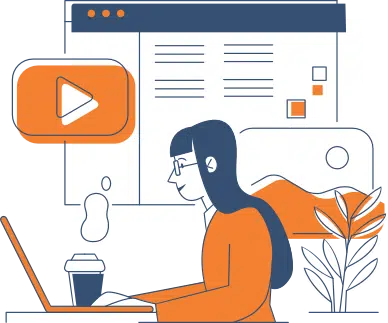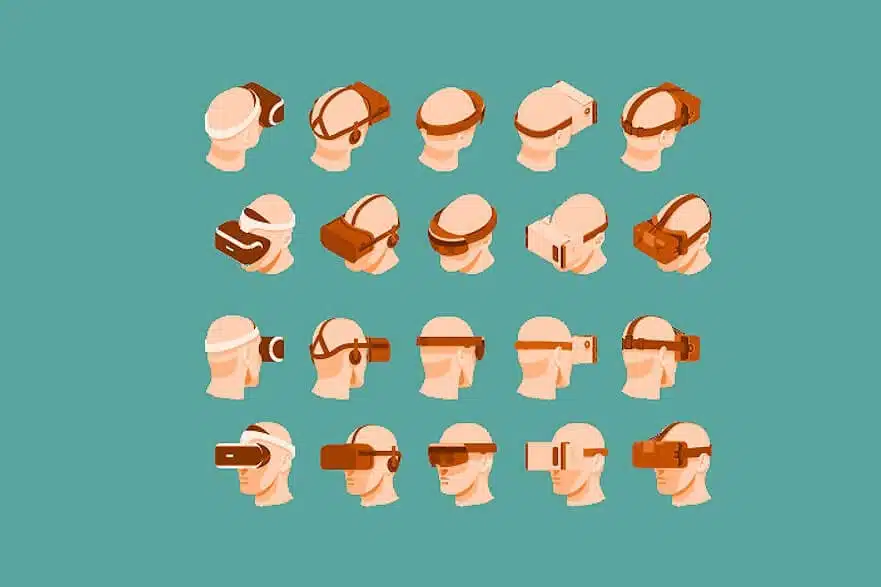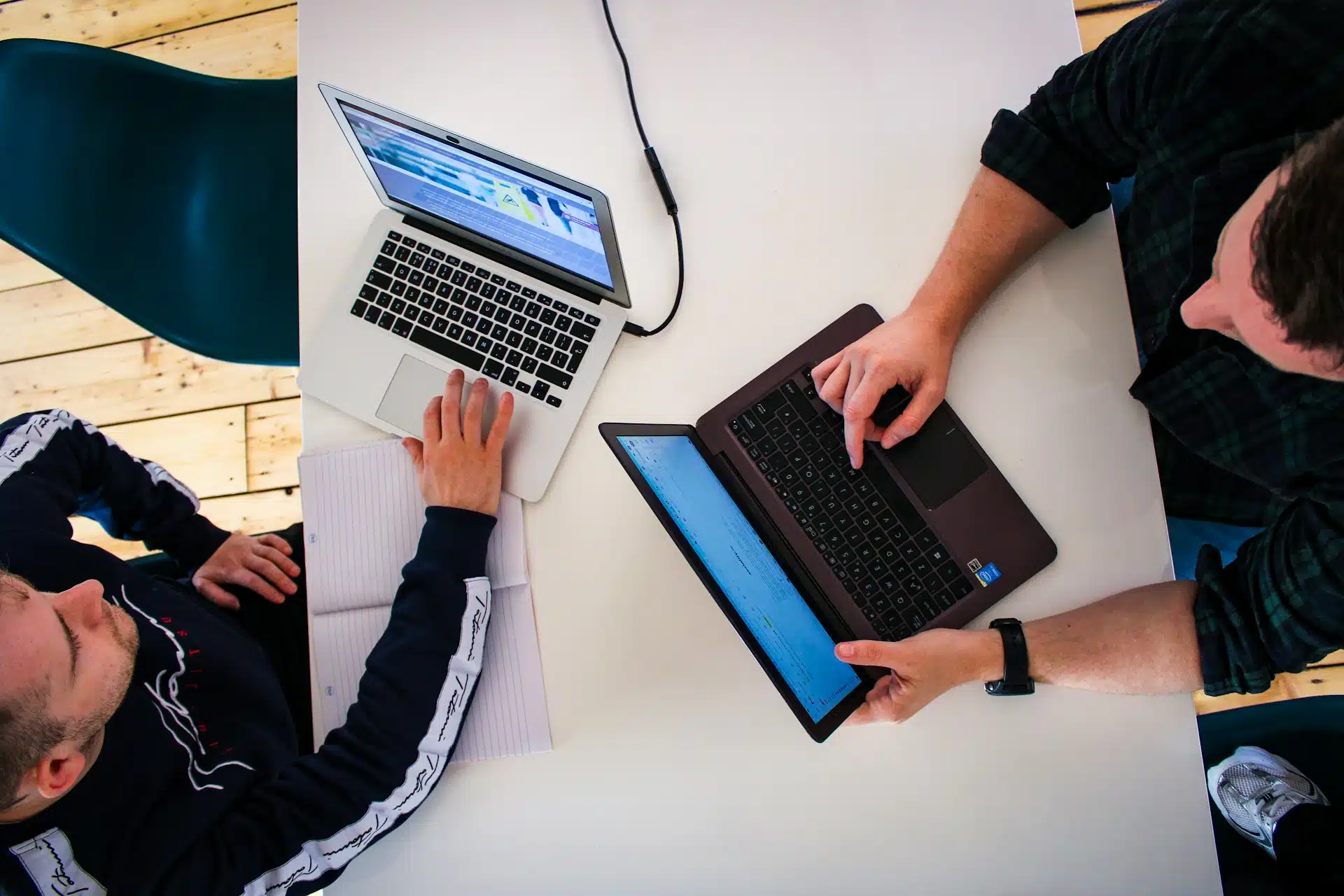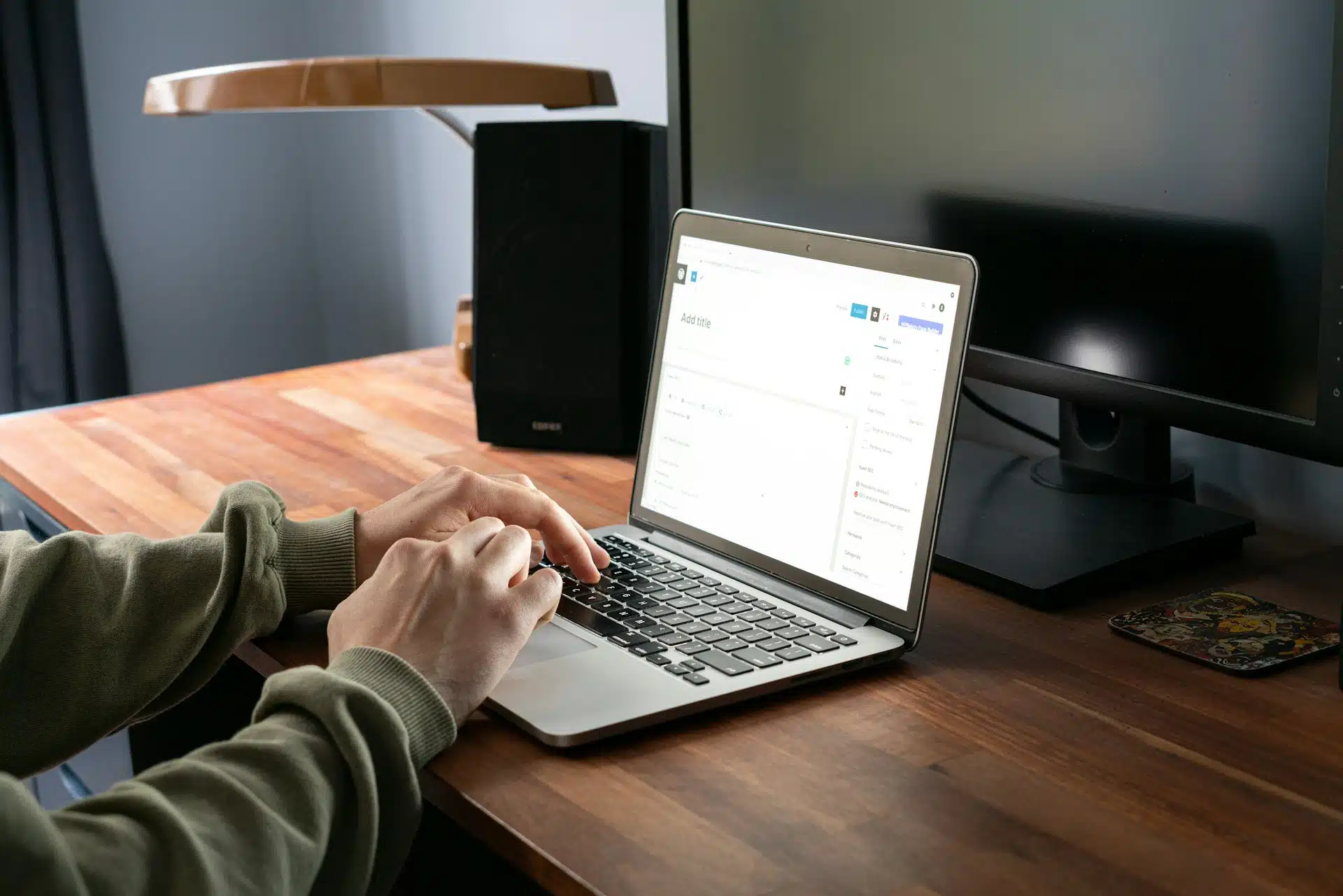

Welcome to the digital world, my friends. An era where simplicity is not just a trend, but a lifestyle. The digital revolution has given birth to a world where everything we need is at our fingertips. Remember the days when sending a message required a postage stamp? Well, those days are long gone. Now, an email can reach anyone, anywhere in the world, in a matter of seconds.
And let’s talk about shopping. The traditional brick-and-mortar stores have their charm, no doubt, but the convenience offered by e-commerce is unparalleled. An online store is like a global marketplace, accessible to customers from all corners of the world. And information? It’s practically raining data! With just a click, you can access information on just about anything under the sun.
But despite our love for the digital, we haven’t completely let go of reality. The physical world still holds a certain magic that no amount of technology can replicate. We’re human, after all. We crave the warmth of sunlight on our skin, the soothing sound of waves hitting the shore, the serene beauty of a forest. There’s something inherently comforting about these natural experiences that a virtual simulation just can’t match.
With the rapid advancements in technology, the line between the digital and the physical world is blurring. So, how can we strike a balance between the convenience of the digital world and the authenticity of the real one? Let’s explore five ways we’ve successfully integrated digital elements into our everyday lives:
1. Virtual Reality
Virtual reality is the ideal blend of interactive and digital. Some of us have always dreamed of losing ourselves in fully immersive video games, virtual worlds, and imaginary environments. But it’s not only useful for gaming and entertainment—experts guess it’ll be helpful for training surgeons, soldiers, pilots, and all sorts of other hands-on jobs.
Beyond education and training, virtual reality could also be used for crime scene reconstructions, immersive journalism, overcoming fears, manufacturing prototypes, and even relieving pain. [2. Real-Time Streaming
Real-time streaming, both video and audio, is a great way to engage an audience at great distances. We’re all pretty familiar with concepts like FaceTime by now, but SnapChat, Periscope, Meerkat, and (eventually) Facebook all offer live-streaming.
Live streaming connects your audience to current events—anything from music shows to mass protests. Celebrities use it to promote upcoming releases, and major brands use it to their benefit. Remember Felix Baumgartner’s big jump? YouTube and Red Bull sure do. 3. Second-Screen Experience
The second-screen experience has been around for a few years now, but less as a way of promoting an event and more as an enhanced way of experiencing that event.
People live-tweet everything from the Walking Dead season premieres to the Oscars, and everything in between. We watch something fairly static or one-dimensional, and then we reach out into the digital landscapes of social media to connect and interact with others instantly. 4. Bluetooth Beacons
We’ve talked about Bluetooth Beacons quite a bit recently, but it’s fair to say that they’ll have a huge impact on retail and navigation in the near future. Beacons are the missing link between shopping on a computer and shopping at a store, and bringing the best of both worlds together.
People don’t want to buy clothes online if there’s no way of knowing if they’ll fit. And at the same time, shopping in a store isn’t always the best way to find a great deal. Bluetooth Beacons aim to remedy that, and make retail more interactive and engaging.
5. 3D Printing
3D printing is a fairly recent tech innovation that has some people excited, and others, nervous or confused. After some news outlets posted about 3D-printing guns, 3D printing became controversial, to some degree.
Welcome to the digital age, my friends. An era where simplicity is not just a trend, but a lifestyle. The digital revolution has given birth to a world where everything we need is at our fingertips. Remember the days when sending a message required a postage stamp? Well, those days are long gone. Now, an email can reach anyone, anywhere in the world, in a matter of seconds.
And let’s talk about shopping. The traditional brick-and-mortar stores have their charm, no doubt, but the convenience offered by e-commerce is unparalleled. An online store is like a global marketplace, accessible to customers from all corners of the world. And information? It’s practically raining data! With just a click, you can access information on just about anything under the sun.
But despite our love for the digital, we haven’t completely let go of reality. The physical world still holds a certain magic that no amount of technology can replicate. We’re human, after all. We crave the warmth of sunlight on our skin, the soothing sound of waves hitting the shore, the serene beauty of a forest. There’s something inherently comforting about these natural experiences that a virtual simulation just can’t match.
With the rapid advancements in technology, the line between the digital and the physical world is blurring. So, how can we strike a balance between the convenience of the digital world and the authenticity of the real one? Let’s explore five ways we’ve successfully integrated digital elements into our everyday lives:
What do you think? Is our world better when enhanced with technology , or should computers and nature be kept separate? Leave us a comment!
Recent Articles
Write For Us
Think you’ve got a fresh perspective that will challenge our readers to become better marketers? We’re always looking for authors who can deliver quality articles and blog posts. Hundreds of your peers will read your work, and you will level up in the process.Ready to grow? Say Hello







